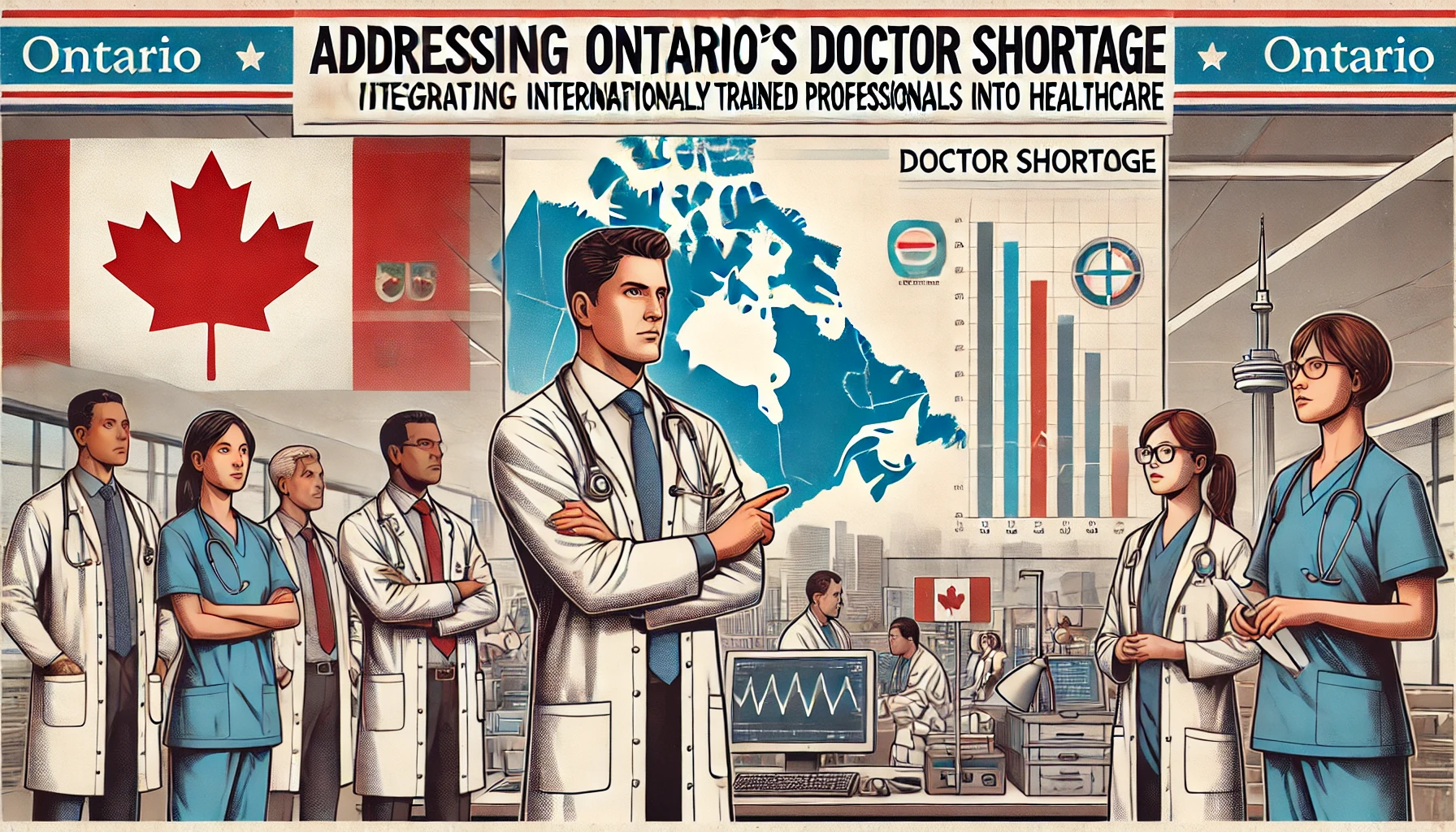Ontario is facing a pressing shortage of doctors, particularly in rural and underserved urban areas, which has prompted cities across the province to advocate for programs that integrate internationally trained medical professionals. Despite falling short of targets, these programs remain a beacon of hope for improving healthcare access and addressing the critical gaps in the system.
Internationally trained doctors (ITDs) often face hurdles such as navigating complex licensing processes, passing equivalency exams, securing competitive residency positions, and adapting to Canadian medical practices. These barriers can delay or even prevent highly skilled doctors from practicing, leaving many working in unrelated or lower-skill jobs despite their qualifications.
Programs aimed at bridging this gap focus on:
Streamlining Licensing: Efforts to simplify and accelerate credential recognition and licensing pathways.
Mentorship and Training: Offering mentorship and tailored bridging programs to help ITDs adapt to the Canadian healthcare system.
Community Incentives: Providing incentives such as financial support, housing, and relocation assistance to attract doctors to underserved areas.
Policy Advocacy: Calling for provincial and federal reforms to make it easier for foreign-trained doctors to integrate into the workforce.
While Ontario cities have made strides in advocating for these initiatives, the slow pace of reform has been a source of frustration. Despite this, the potential of ITDs to significantly alleviate the healthcare crisis keeps these programs in the spotlight.



